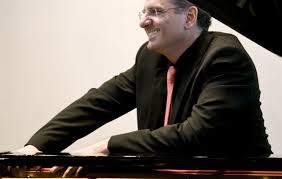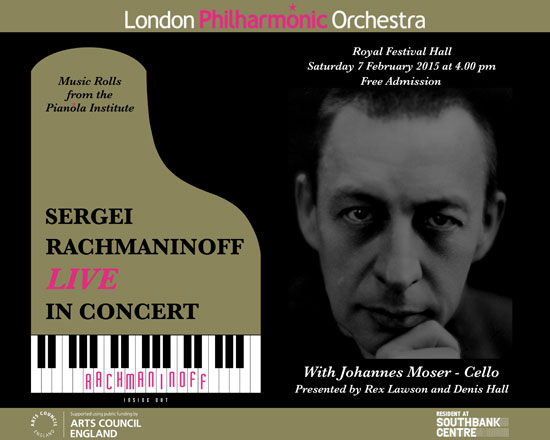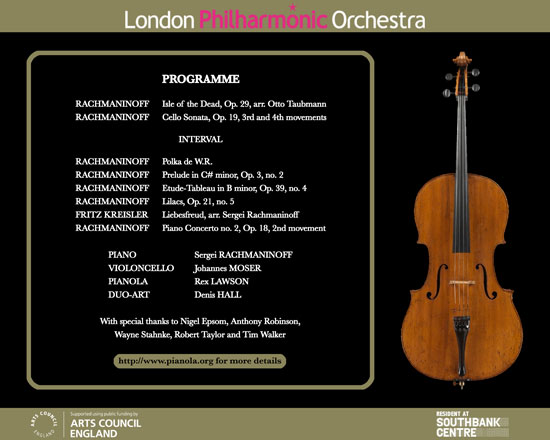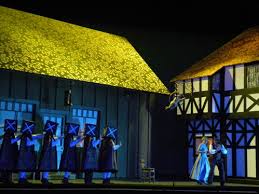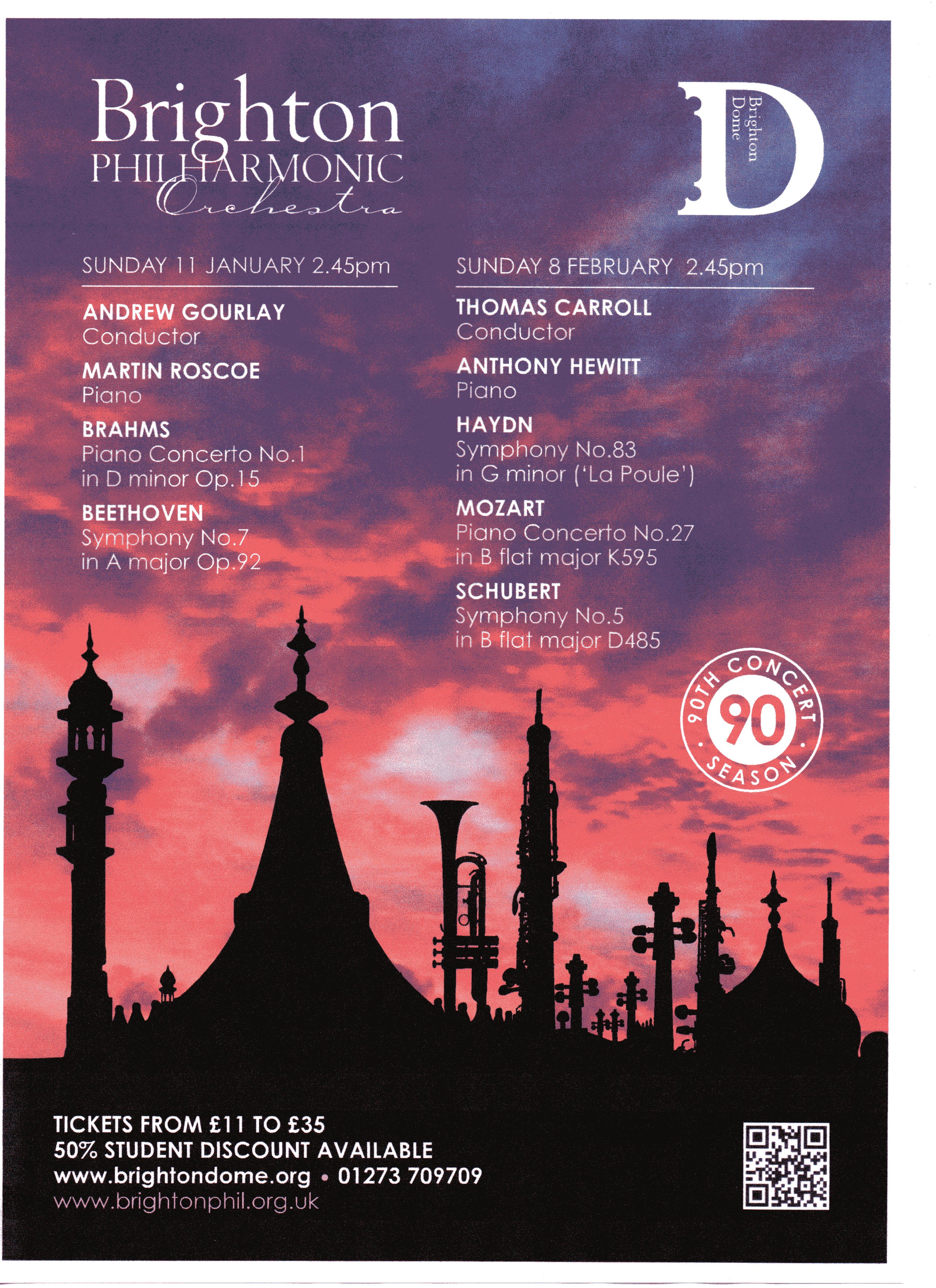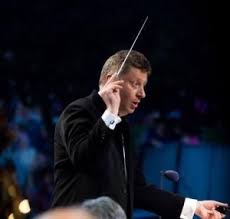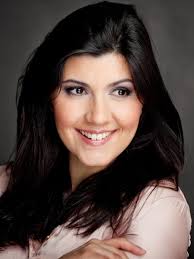DVDs
PURCELL: THE FAIRY QUEEN
ENO, NICHOLAS KOK
ARTHAUS 100201
With a new production by Peter Sellars of The Indian Queen due later this year, a reissue of David Poutney’s 1995 production of The Fairy Queen is timely and will make for a fascinating comparison. Poutney delights in the overt theatricality of Purcell’s vision making the whole constantly stimulating and engaging. When one adds to this a cast which includes Yvonne Kenny, Thomas Randle and Richard Van Allan, and the sprightly orchestral approach under Nicholas Kok it can hardly fail.
VERDI: DON CARLOS
ORCHESTRA & CHORUS TEATRO REGIO TORINO, GIANANDREA NOSEDA
OPUSARTE DA 1128 D
I suspect that this production was far more impressive seen live than it is here in close up on DVD. The massive sets impress from a distance but close to reveal that the columns do not touch the ground and, because of their massive bulk, are still on stage for the external scenes which need to breath. The same is also true of the singers. While the voices are sound throughout, there is often little eye contact between characters and rather too many shifty glances towards the pit. This is a pity for simply listening to the score is pleasurable. For once it might have been better to release this as a CD rather than a DVD.
CDs
THE ROMANTIC VIOLIN CONCERTO – 18
PHILIPPE GRAFFIN, ROYAL FLEMISH PHILHARMONIC, MARTYN BRABBINS
HYPERION CDA 68005 65’47
Following this series has been immensely enjoyable if only for the discovery of so many totally overlooked compositions which prove to have real merit. Jongen is probably best remembered today as a composer of organ music and certainly it is his organ compositions which are most frequently heard. The violin concerto was written following a visit to Bayreuth in 1899 and while it does not have strong Wagnerian overtones the high romantic is an inevitable reflection of the influence of the composer on the younger man. The other rarity is the Rapsodie in E minor by Sylvio Lazzari, also a Wagnerian and one who picks up the more lyrical, free-flowing impulses of the master. Anther valuable recording.
SIR CHARLES VILLIERS STANFORD -THE COMPLETE ORGAN WORKS 2
DANIEL COOK, organ of Durham Cathedral
PRIORY PRCD 1106 71’37
Whether as a reference work or a recording just to enjoy this is a very good CD. Daniel Cook’s performances on the Durham Willis / Harrison & Harrison are excellent. This volume includes the Fantasia & Fugue in D minor, 6 preludes & postludes Set 1 & Sonata No 3 as well as some shorter works.
THE BRITANNIC ORGAN VOL 9 – Welte’s US organists and Edwin Lemare
ORGAN ROLLS of Edwin Lemare, Samuel Atkinson Baldwin, Clarence Eddy & others
OEHMS OC848 69’01 & 74’57
The Britannic was the sister ship to the Olympic & the Titanic. It was originally intended to have a Welte reproducing organ installed on board. Due to the outbreak of the 1st World War the organ was never installed. It was only during restoration work in 2007 that evidence was found to prove this was the organ originally intended for that ship. It is now housed in the Museum fur Musikautomaten, Seewen, Switzerland. This volume (the first I have heard) is a fascinating record of this instrument and the recording technology of the day which allows us to still experience the playing of these organists in such a live way. The music consists of lighter & more substantial organ music and transcriptions. There is a wide range of colour and mood, with some brasher registrations contrasting with beautiful flutes and light tuned percussion.
CD1 includes musc by Bossi, Friml, Buck & Saint-Saens. Alongside mostly lighter music is Guilmant’s Sonata in D minor. The music on this CD is recorded by the American organists who recorded for Welte. CD2 is entirely recorded by the celebrated Edwin Lemare. Alongside further music by Guilmant , Rheinberger and others are movements from Lemare’s own works. It ends with his transcription of Saint-Saens’ Danse macabre. There is an extensive booklet with interesting photographs and information on the organists and composers. Presumably earlier volumes contain more information about the organ itself. A fascinating insight into times passed.
JEAN-PHILLIPE RAMEAU – PIECES DE CLAVECIN Vol 2
STEVEN DEVINE, harpsichord
RESONUS RES10140 66’44
This is volume 2 of a 4 CD set of the complete keyboard works of Rameau, released at the end of 2014, the 250th anniversary of the composer’s death. This CD features Book 3 of Rameau’s Pieces de Clavecin. The book consists of 2 Suites –in A minor/ major and G major/minor.
The music is expertly performed by Steven Devine on a copy by Ian Tucker of a 1636 Ruckers double manual instrument. Volumes 3 & 4 are due for release later this year. As with previous Resonus releases there is a PDF booklet to accompany the recording.
JOURNEY TO ALDEBURGH: YOUNG BRITTEN
CHAMBER DOMAINE, conductor & violin THOMAS KEMP
RESONUS RES10139 62’42
Having just worked my way through listening to a large Britten CD set I was fascinated by the contents of this CD. It is an interesting programme of world premiere recordings and other rarely heard music written by Britten as a student and at the beginning of the Aldeburgh Festivals.
The music is performed by Chamber Domaine, an ensemble with a growing reputation for the championing of 20th & 21st century repertoire, with its leader and violinist Thomas Kemp. It begins with an arrangement for 12 instruments of his tutor, Frank Bridge’s There is a willow grows aslant a brook. There are also works for solo piano, violin and piano and piano trio as well as the original version of his Sinfonietta, Op 1. If you would like to discover some “new” Britten then this disk is an obvious place to look.
HAYDN: SONATAS AND CONCERTOS
ANNE-MARIE MCDERMOTT, ODENSE SYMPHONY ORCHESTRA, SCOTT YOO
BRIDGE 9438A/B 70’15; 70’09
Five sonatas and the piano concertos in D major and G major (H XVIII 11 & 4) make this a bargain collection of fine works and equally fine playing. The cadenza in the final concerto was especially composed for Anne-Marie McDermott by Charles Wuorinen and creates a pleasing link between the original composition and the performance today on modern instruments.
SP/BH

